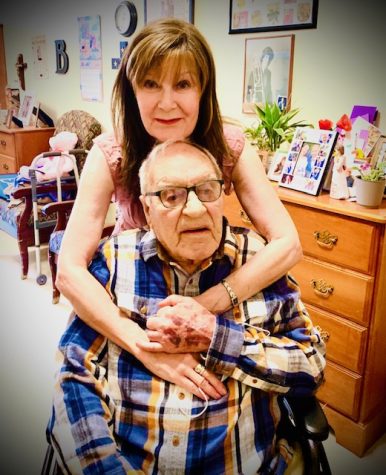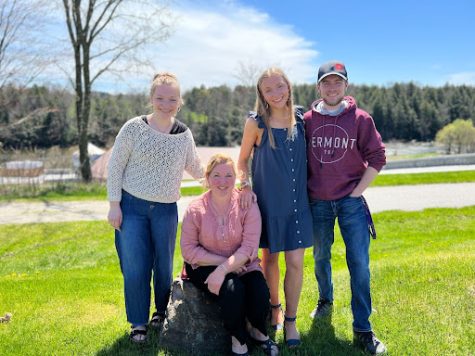How Education and Community Engagement Can Help Reduce Crime in St. Albans
January 22, 2022
Jeff Moulton’s Sociology of Crime classes are using a type of education called experiential learning. Through this learning, students are researching the problems in their society to fix in order to answer the question: how do we transform the American criminal justice system? Conducting research in his class, I found that Saint Albans has the highest violent crime rate and second highest property crime rate in Vermont. Furthermore, according to Bruce Western and Becky Petit, in “Incarceration & Social Inequality,” “State prisoners average just a tenth grade education, and about 70 percent have no high school diploma.” The research conducted provided a backing for the next step in the learning taking place in Moulton’s class, which was for students to interview individuals and create a call-to-action. Based on my research, a lack of education showed to be a prominent factor in crime
What is important to note is that given the majority of criminals are high school dropouts, and because Saint Albans has a small graduating populous, we as a community need to find solutions to keep students in school in order to keep crime away. We need to provide the best for our children because, according to dosomething.org, “a high school dropout will earn $200,000 less than a high school graduate over his lifetime. And almost a million dollars less than a college graduate.”
After interviewing three principals around Vermont – Michael Weston of Mount Mansfield Union High School, Brett Blanchard of Bellows Free Academy and Adam Bunting of Champlain Valley Union High School- they provided solutions to improve graduation rates and, thus, reduce crime rates. This consisted of broadening the scope of learning, creating more real-life opportunities for students, decreasing the cost of college and ingraining the community with the school.
By increasing the variety of programs, students are given more accessible opportunities that help them find their passion or interests. Bunting spoke on this idea in relation to his school’s adoption of goats and chickens, through the assistance of Diantha Francis, giving housing to the animals through student-built homes. He specifically mentioned a student who felt like she didn’t belong in high school because no programs provided any interest to her, but when she got to take care of those animals, she found her passion. Finding passion is what keeps people motivated to continue their education.
Blanchard emphasized on all points, but talked a lot about the role of colleges and specifically how they aren’t accessible for many students because of the lack of money many students have. According to Blanchard, one of the biggest reasons why students drop out is because they feel like there is no future in their schooling when they could get a job and make money for themselves instead of waiting until graduation.
Weston brought everything together by speaking about the school’s connection with the community. He, as well as Bunting, talked as if community and school were one body. According to Weston and Bunting, this idea of a mass connection between the community and school is what needs to be emphasized the most because it is what makes experiential and vocational education effective and creates specialized real-life opportunities.
What BFA’s Flexible Pathways Coordinator, Liam Mahabir, is doing for BFA is exactly what we need, but it is also about ingraining the community with the school. We need to advance what he is doing and get people from our community to help. We need to ask the community what they can do to help the school. What do businesses in the industrial park expect from students? Or places like Mimmos and Hannaford? What can these businesses and organizations do to provide for the school given that the schools give so much to their students, yet many people feel lost when they leave? As individuals, we need to ask what we value, and as a school and, more specifically, as a community we need to provide for those values.
When the community becomes a part of the school, then students will feel more connected to the idea of continuing their education. With more students feeling connected to school, more will lead successful lives, continuing until graduation or even to college; furthermore, crime will likely become less of a problem in our town.










